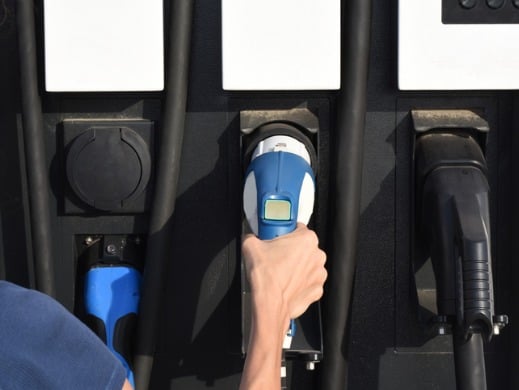Overexposure is not a good thing. Too much sun? Hello, sunburn! Too much airplay? That’s how songs die. (Remember the Macarena…) Too much nudging? We’ll push back.
And that’s exactly what’s happening. Eleven years have passed since Richard Thaler and Cass Sunstein’s Nudge book went mainstream. (In a nutshell, nudging is a tactic that helps us make better decisions by changing how choices are presented.) And in case you haven’t noticed, nudging is Everywhere: Only 2 rooms left! This deal ends in 24 hours! Nine of 10 people joined us!
So let me enlighten those nudgers out there: We’re aware. We know what you’re doing.
In this new era of applied behavioral science, let me sum up the new rules for nudging (in the spirit of Michael Pollan*): Nudge customers. Not too much. Mostly personalize.
Nudge customers.
So there’s a reason why nudging is everywhere: It works.
And this is a good thing when used to help us make better, more rational choices. (See those calorie counts on menus?) When nudged, we select healthier food options. We reduce our home energy use. We contribute to our 401K.
Nudging can and does shape our behavior.
Just ask retailers. Turns out they’re great at nudging us to buy things. How? By creating a sense of Scarcity (only 12 Nintendo Classic editions left!) and Urgency (1 day only!). By making it all Super Mega Exciting (45% off! ). And then by turning it into a semi-holiday — Hello Black Friday! We all know what happens next.
So when does all this nudging become too much of a good thing? This brings us to the next rule…
Not too much.
By now, we’ve seen nudges packaged in all shapes, sizes, and colors. Do you really expect us to believe that this is the last room available in a 5,000+ room Las Vegas hotel? And am I supposed to care that 23 other people viewed this room?
Familiarity breeds contempt. Yep, we’ve seen these hat tricks before. We’ve even learned their names, Scarcity and Social Proof. They’re “G-Men” in black suits, lurking in the shadows. Designed to make us anxious about missing out on The Last Room Ever. And so we react with contempt and disgust. Hmph. Oh yeah? Watch me book a room elsewhere.
What’s happening here? How is it that some nudges are having the reverse effect?
It’s simple, really. We have these behavioral freedoms (inalienable rights, actually). When these freedoms are threatened, we move to protect them — by closing our browser tab and searching elsewhere. This kick-back is known as psychological reactance. It’s the immediate (oh-no-you-didn’t!) push back when we feel we’re being coerced.
So, what do we do now?
Mostly personalize.
Maybe we’ve lost touch with what we’re trying to do here. What’s the purpose of all this? Remember the users? Yeah, them. The new electric vehicle owner. The household with 3 young children. The small business owners. They’re what this is all about.
Let’s put them first. Let’s chat with them to understand their needs and challenges. Let’s even go and observe to fully understand their unique context. Pay attention. Learn. Empathize. And then, finally, we may be able to meet them where they are.
Take the electric vehicle owner. Notice that their electricity costs are skyrocketing? And how they charge their vehicle on weekday afternoons (peak use hours) before an evening work shift? Let’s point them to their utility’s time-of-use rate plan, which can lower their energy costs when they charge their vehicle between 11 AM-3 PM.
Or consider the small business owner who runs a car dealership. Notice that their lighting costs are way above average? And how they’re constantly replacing outdated showroom lights? Let’s educate them about energy-efficient LED lighting — with warmer/cooler/white light options. Let’s tell them how ambient lighting can make sedans visually sparkle and entice customers. And how natural, uniform white light can help minimize eye strain for auto technicians in service areas, inside vehicles and in tight spaces.
Nudge customers. Not too much. Mostly personalize.
Just 7 words. Let’s put personalization in the foreground. Nudging in the background. And encourage energy-efficient choices through more timely, relevant, person-centered messaging.
Consider these to be… helpful suggestions.
* Michael Pollan’s food rules: Eat food. Not too much. Mostly plants.





